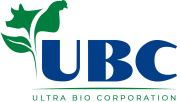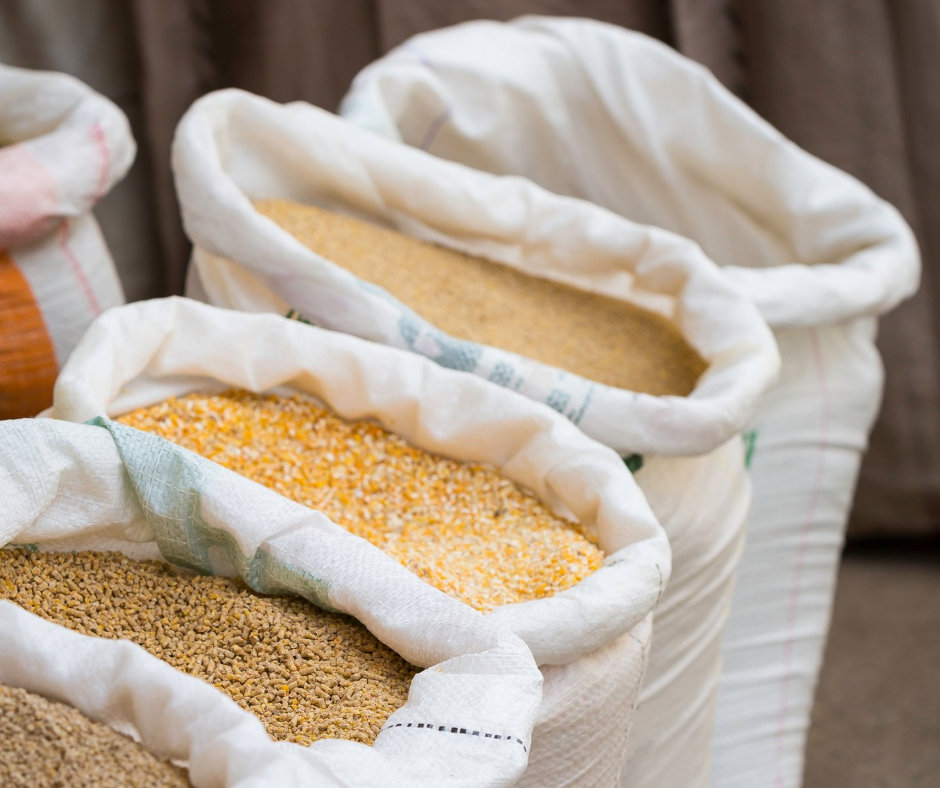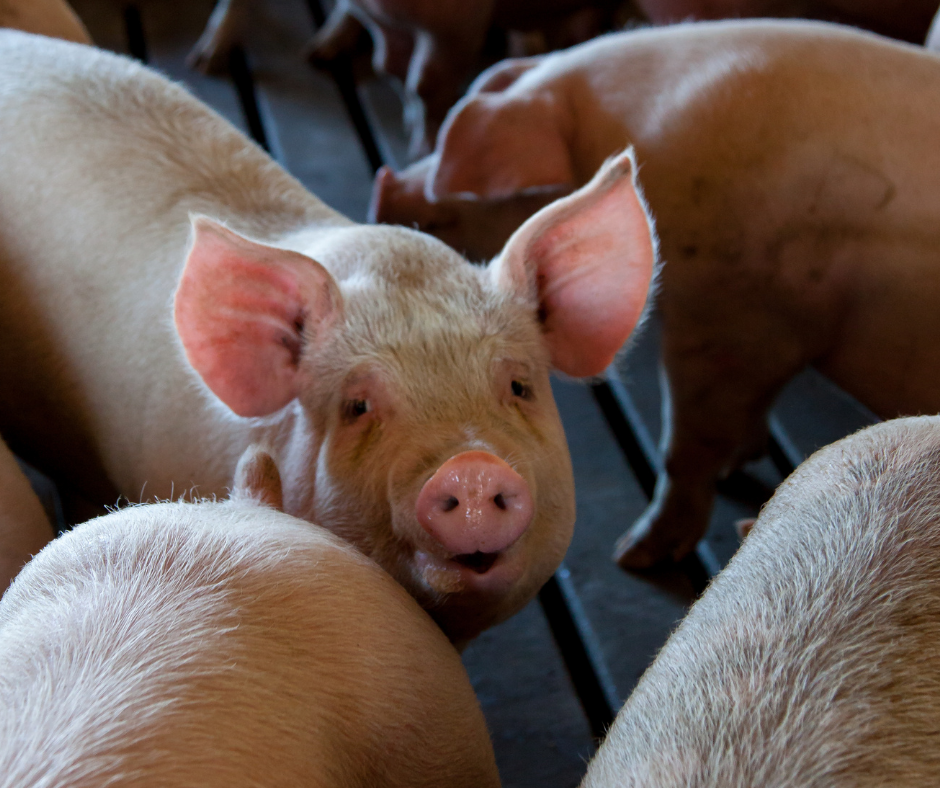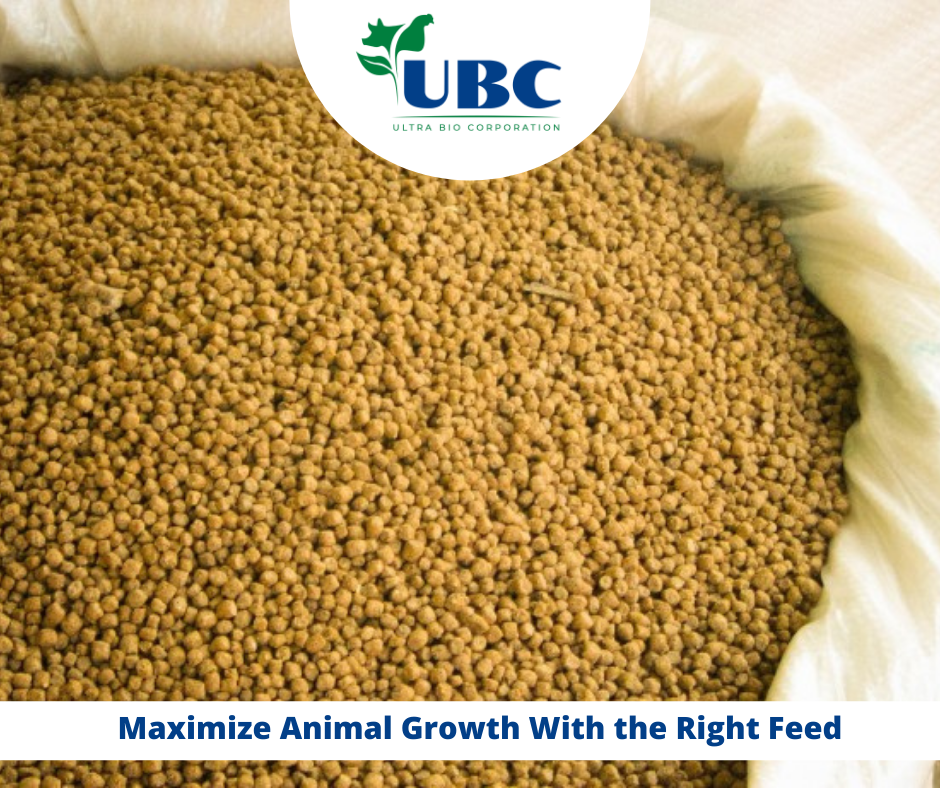Given the current shortages in corn and their subsequent high prices, it’s understandable that farms have been looking at ways to reduce cost. While this is extremely important,recognizing where best to cut back on spending is key to keeping maximum profits for the situation. One of the first thoughts that many farms have is to reduce feed costs by purchasing sub-standard ingredients for feed. While this is the quickest way to reduce farm spending, what isn’t immediately apparent is the effect on the animals.
Ingredients such as wheat, cassava, or using large amounts of filler such as rice bran, while cheaper, can be hard to digest. To further complicate things, when supplies run low, available stocks of corn may have been kept in sub—standard conditions, with higher than acceptable levels of mycotoxins. With sub-standard ingredients, animals may get fed, but with severely negative effects on their growth and development. This means a longer time to market, and ironically, higher feed costs because of a longer stay in the farm getting to market weight.
While market conditions can sometimes leave no choice but to use ingredients that may otherwise not have been considered in the past, steps can be taken to lessen the negative impact on the animals. Additives that deal with mycotoxins, improve gut health and development, and increase the digestibility of feed do all add cost to the finished feed product, but if the formulations are correct, they pay for themselves, and help ensure better livestock performance.
Basically, it’s thinking about the bigger picture. It’s worth looking at what you’re saving on AND its effects on the animals. If your efforts at saving causes losses down the road, then it’s actually costing you money. This is surprisingly difficult to do, and many farms, faced with immediate needs and increasing costs, lose sight of the long game. Thriving in trying times requires smart investing in technology and practices.
If feed shortages, poor animal performance, and decreased income are a concern, let our team help you make the right technical decisions and investments to help ensure maximum performance for your animals and your farm. At UBC, we can help you deal with the unique challenges farms in the Philippines face. Years of experience, industry-leading products, and a highly competent technical team can bring your business to its maximum level of performance. Contact your local Territory Sales Manager for more info on how we can help.







